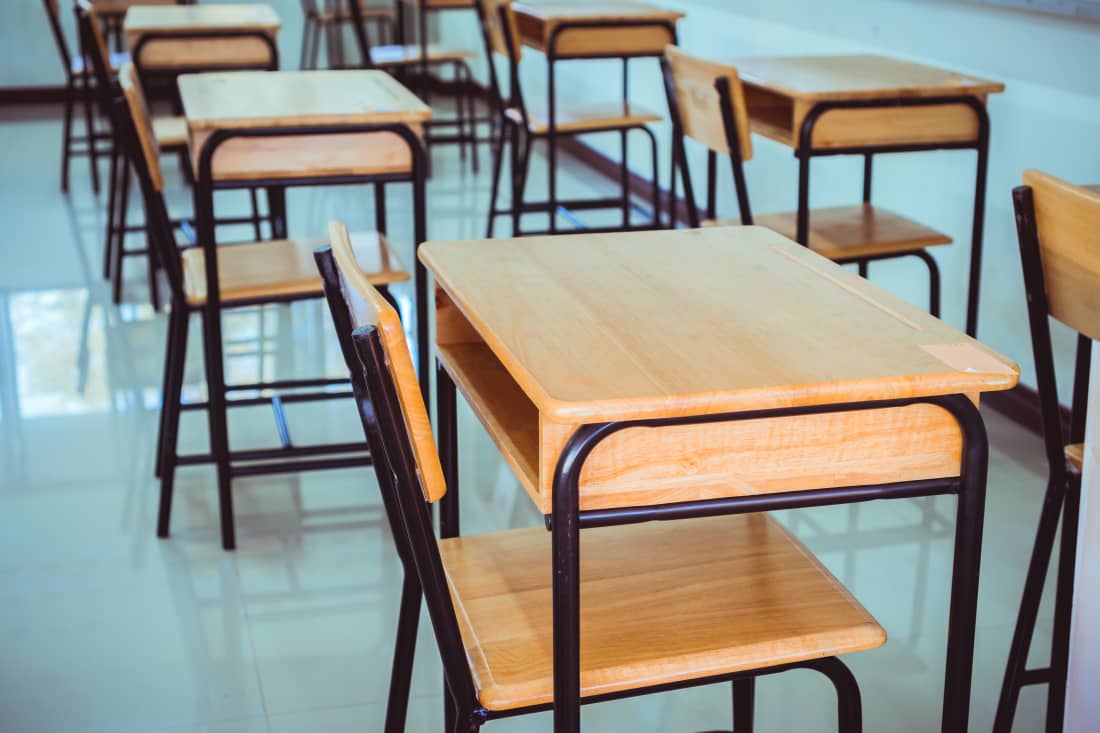The Effect of Noise Pollution in the Classroom

07/11/2022
With students back in the classroom, it’s a good time to consider the acoustics within their learning environment. Classrooms are full of distracting noise — whether from the outside (airplanes, street traffic, playgrounds, lawn care or construction) or from the inside (HVAC systems, chairs scraping the floor, hallway activity or neighboring classrooms). The effects of this noise pollution impacts learning, as well as physical and mental health.

How Noise Impacts Students
Excessive noise reduces the ability to hear lessons clearly and has a negative effect on a child's ability to learn. Studies examined by the World Health Organization (WHO) have found that children exposed to continuous disruptive noise can experience poorer reading ability, memory and academic performance.
The Blog on Learning and Development reports the average noise level in a classroom is 72 decibels — almost vacuum cleaner level — meaning students at the back of the room could not hear everything teachers said. According to the WHO, the safe level of noise in a classroom cannot exceed 35 decibels. Anything above that impairs the ability to learn.
The Need For A Soundproof Classroom
Without proper sound insulation, music lessons next to a language class can ruin comprehension. Heavy rain on a flat roof can make a tutorial reverberate like a drum. Many schools are also using online learning which can suffer from intelligibility if classroom soundproofing is sub-standard.
How Poor Acoustics Affects Teachers

According to a National Institute of Health study of classroom acoustics and school teachers' noise exposure, excessive noise also has an impact on teachers who are forced to raise their voice to be heard. Over time, this can lead to increased stress and fatigue.
For speech to be intelligible, a teacher’s voice must be 15 decibels louder than any irrelevant background noise. If classroom noise is already at 72 decibels, the teacher would have to speak at a level of 87 decibels — or to shout continuously. Unsurprisingly, the National Education Association shows teachers are more than twice as likely to have voice problems and three times more likely to see a doctor about the issue. Anecdotally, some teachers report speaking very loudly when they come home for the evening until they adjust to the new situation.
To ensure good acoustic health and well-being for teachers and students, it is essential to focus on the three sources of noise pollution that impact classroom acoustics — external, internal and mechanical.
How To Improve Acoustics In School Classrooms
Luckily, designing and retrofitting schools for acoustic benefit is possible with the right products and materials.
Knauf Insulation contributes to dampening sound thanks to its high-level, noise-absorbing fiber structure. Knauf Insulation offers sound control solutions that can be incorporated into every design aspect of schools, from wall and ceiling insulation, to fiberglass air duct board insulation which absorbs sound from HVAC systems through the ducts. Knauf Insulation is also made of sustainable and renewable materials and has met the stringent chemical emissions standards to achieve the GREENGUARD Gold Certification, and is verified to be formaldehyde free.
With proper sound control insulation in schools, we can provide a more comfortable place for teachers to work and kids to learn and grow.
